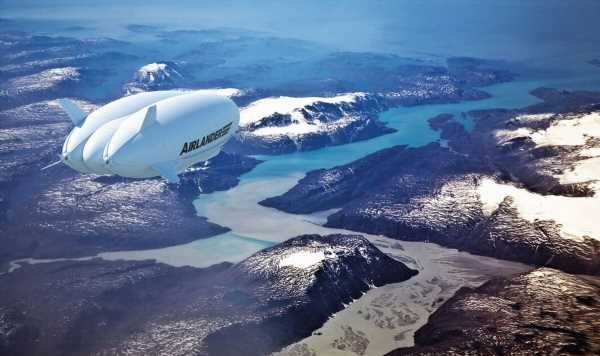
A British airship is to “transform the way the US Navy and Marine Corps conduct operations across the Pacific” to meet a rising threat from China.
The Airliner 10 is on course to find itself deployed by US Indo-Pacific Command on operations in the South China Sea within the next two years.
Unlike Chinese high altitude spy balloons, the Airlander 10 will be fully-crewed and operate at relatively low altitudes, with no need for its cabin to be pressurised.
While the US downed two unmanned Chinese spy balloons earlier this year, the presence of crew on military aircraft usually means they are less likely to be shot down outside of full-scale war.
Cooperation between Bedford-based Hybrid Air Vehicles and the US Department of Defense began when Marine Corps Captains Ben Cohen and John Schmaltz spotted Airlander’s potential while at the Naval Postgraduate School (NPS) in Monterey, California.
Now, the DoD has announced new funding to develop the project, which may see Airlanders in service for the US military within the next two years.
HAV is developing several versions of the airship, mainly for civilian use.
The Airlander’s technology means that it emits only a quarter of the emissions of equivalent, conventional aircraft – due to be reduced to zero emissions within the next few years – and this has already attracted interest from commercial airliners.
These include Spanish regional airline Air Nostrum, which will be using 10 Airlanders for domestic flights across Spain by 2026.
HAV ceo Tom Grundy said: “Our Airlander hybrid aircraft represents a game-changing technology for ultra-low-emissions flight, that can also revolutionise the capabilities of the Department of Defense.”
“Through the research and development work with the Naval Postgraduate School, we are demonstrating how private investment and commercial innovation can be adapted to enhance logistics, intelligence, surveillance, and reconnaissance operations, and communications in the Pacific.”
“The Zero Carbon Logistics Support Via Hybrid Aircraft project has the potential to transform the way the U.S. Navy and Marine Corps conduct operations in contested and distributed environments, providing them with an unparalleled advantage in the region.””
Source: Read Full Article
-
Moment boat explodes in fireball in busy marina
-
‘Naive to the politics’: Youth mental health service forced to close its doors
-
Sick thug killed girlfriend’s puppies by slamming them into concrete floor
-
Blowing up Ukraine nuclear plant ‘insanely complex’ but result ‘catastrophic’
-
I’m a hot policewoman – trolls claim I am not a real cop as I am too pretty but I don’t care | The Sun

